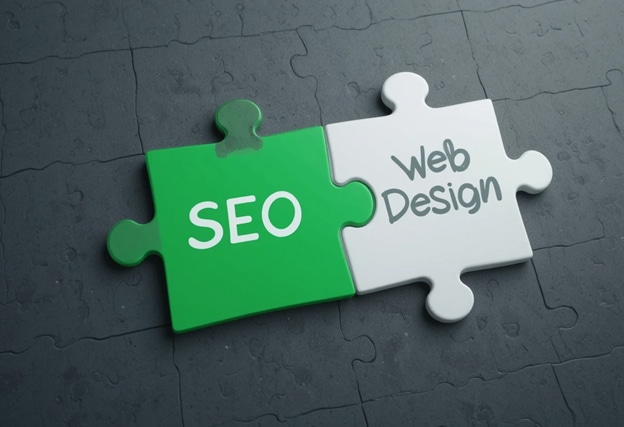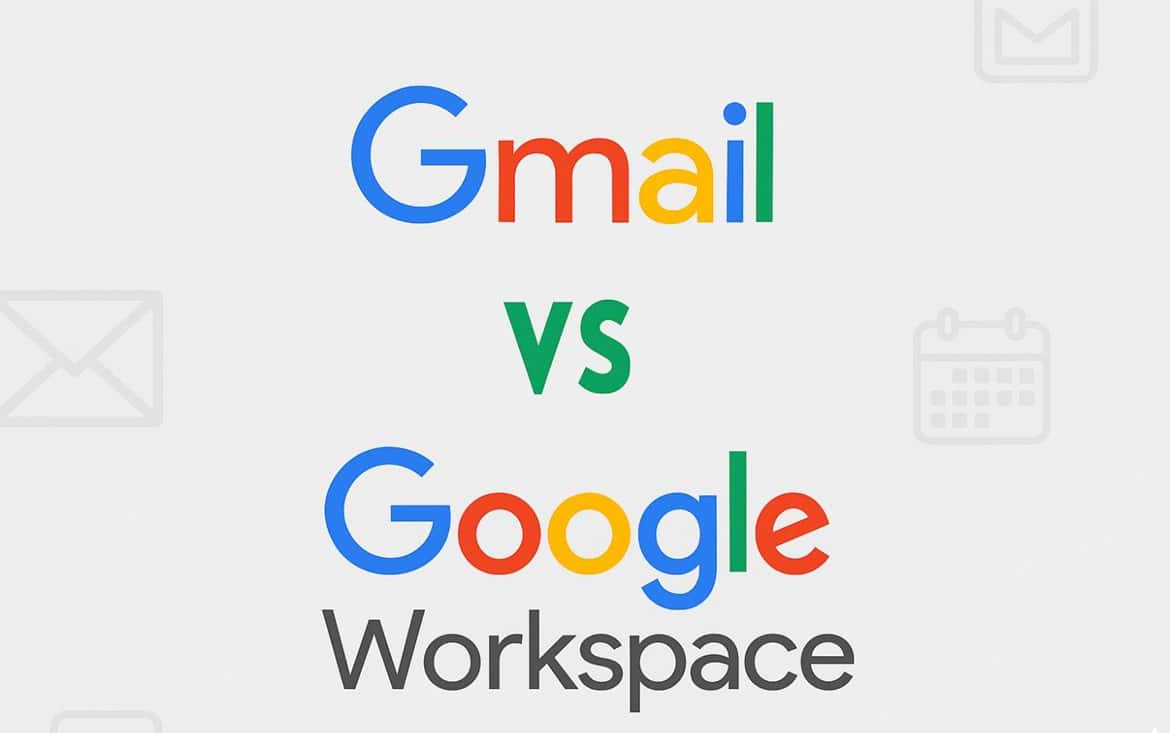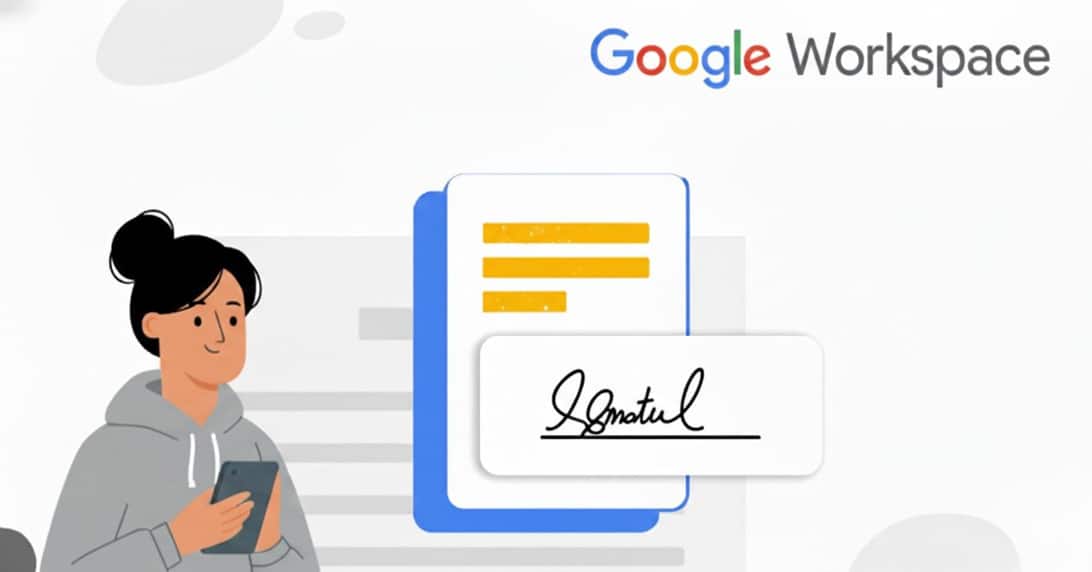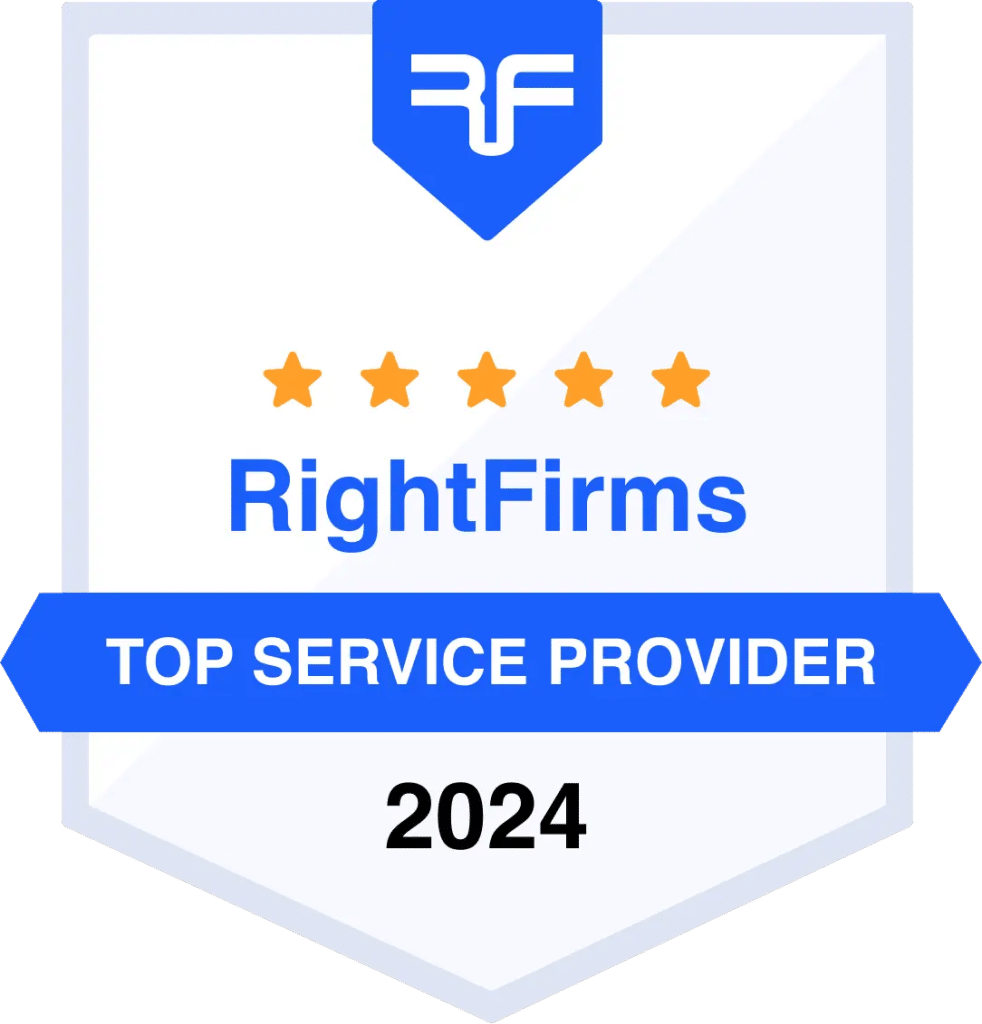How SEO and Web Design Work Together for Better Rankings?
In today’s fast-paced digital world, simply having a beautiful website isn’t enough. And stuffing keywords into your content without a good design won’t win you Google’s favor either.
So, how do you truly stand out online?
Think of your website as a stage — SEO brings the audience, and web design keeps them in their seats. If your goal is to rank higher on search engines and keep visitors engaged, then understanding how these two elements work together is the key to online success.

Why SEO and Web Design Matter to Your Business?
Imagine visiting a website that takes forever to load, looks outdated, and is hard to navigate. Do you stick around? Probably not.
Imagine now that the same website is ranked #1 on Google. Doesn’t that sound impossible? That’s because it is.
Google’s algorithms are smarter than ever. They reward websites that are mobile-friendly, load quickly, have clear navigation, and offer value—all of which are aspects of web design and SEO.
An SEO-optimized, well-designed website has a higher chance of ranking higher, receiving more clicks, and improving conversion rates.
7 Ways Web Design and SEO Work Together to Boost Rankings
Let’s take a look at it. The following explains how SEO and web design work together to create digital success:
- Site Speed and Performance
Web design elements like image size, hosting server, and page structure impact load speed. Fast-loading pages improve user experience and boost SEO. Google loves fast sites—it’s a direct ranking factor. - Mobile Responsiveness
More than half of global web traffic comes from mobile. Google’s mobile-first indexing means your website design must be responsive. SEO ensures your content ranks; web design ensures it looks and works perfectly on all devices. - Navigation and UX
Clear menus, structured internal links, and easy navigation improve user experience . By lowering bounce rates and keeping users on your site longer, a good user experience gives search engines positive signals. - Clean Code and SEO Structure
Behind every visually pleasing website is code. A web developer who follows SEO-friendly practices gives your site an extra edge in rankings. - Content Placement and Readability
Where and how your content appears is influenced by design. Well-placed, easily readable, and SEO-optimized content boosts user engagement and time on site, two factors that affect rankings. - Image Optimization
Images are not just for looks. Proper image size, file type, and alt tags (with relevant keywords) improve SEO and enhance accessibility. A good designer knows how to balance visuals and performance. - Internal Linking & Site Architecture
A web design that supports clear internal linking and logical architecture allows search engine crawlers to index your site more efficiently—and boosts your on-page SEO.
What Does This Mean for Your Business?
When SEO and web design join forces, you don’t just get more traffic—you get the right kind of traffic.
- More visibility in search engines
- Lower bounce rates and higher dwell time
- Improved trust and credibility with users
- Better lead generation and higher conversion rates
Your website should not only look great but work hard behind the scenes to bring in results.
What Should You Do Next?
If you’re planning a new website or thinking of revamping your existing one, don’t make SEO an afterthought.
If you’re planning a new website or thinking of revamping your existing one, don’t make SEO an afterthought.
At XL TECHNOLOGIES, a trusted web design company in Dubai, we combine expert design with powerful SEO strategies to ensure your site not only looks stunning but also ranks high and performs exceptionally.
- Mobile-responsive designs
- SEO-integrated structure
- Speed-optimized pages
- User-friendly interfaces
- Conversion-focused layouts
we craft SEO-powered websites that rank high and convert fast. Contact us today to turn clicks into customers and grow your brand smarter.
Frequently Asked Questions (FAQs)
- Can web design affect SEO rankings?Yes! Poor web design can hurt SEO by slowing down the site, making it hard to navigate, or causing users to leave quickly—factors that negatively impact rankings.
- How important is mobile-friendly design for SEO?Very important. Google uses mobile-first indexing, meaning your mobile site performance directly impacts your rankings.
- What are SEO-friendly design practices?Some examples include:
- Using proper header tags (H1, H2, etc.)
- Fast load times
- Mobile responsiveness
- Clean URL structures
- Alt tags for images
- Should I design my site first and then do SEO?
No. SEO and design should go hand-in-hand. Integrating SEO from the beginning ensures your website is optimized for search engines and user experience. - How can I tell if my website design is negatively affecting my SEO?
If your site loads slowly, isn’t mobile-friendly, or users leave quickly, it could be impacting your SEO. To get a detailed audit and improvement plan,Let our team at XL TECHNOLOGIES audit your site and craft a personalized SEO and web design strategy that drives results.








8 responses